Report outlines how many doctors will be needed to teach at UPEI's medical school
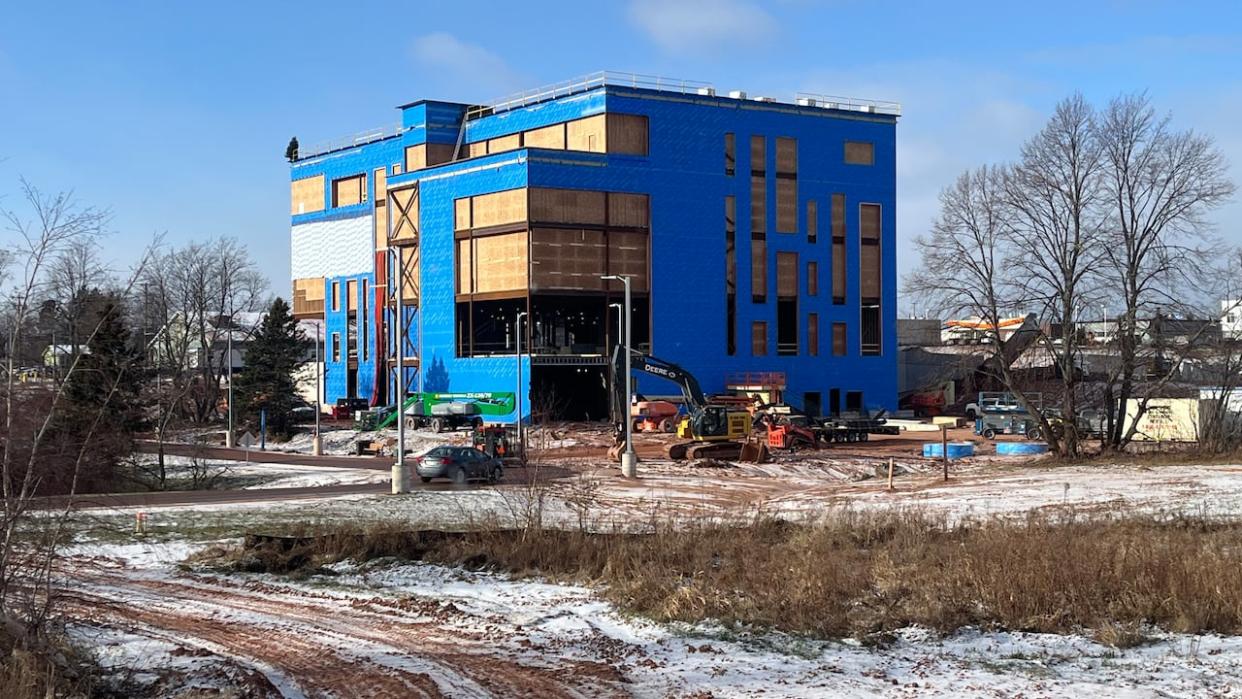
A new report says that for some specialties, the new medical school under construction at the University of Prince Edward Island could require more doctors to serve as instructors than are currently employed in the province's health-care system.
Meanwhile the outgoing head of Health P.E.I. is continuing to raise red flags, noting those doctors will be required to care for existing patient loads while doing double duty as instructors.
The details are included in the first phase of the Spindle report, a consultant's review commissioned by Health P.E.I. and UPEI that lays out in broad strokes some of the staffing and infrastructure requirements necessary to support student doctors within P.E.I.'s health-care system.
Specific costs and staffing levels are to be included in future phases of the report released in the new year.
But Health P.E.I.'s CEO Dr. Michael Gardam said it's already clear the health-care system will require an investment "in the hundreds of millions of dollars" in additional staff and facilities before it's able to support the medical school.
Even if that investment is made, Dr. Gardam questioned whether it will pay off in terms of eventually providing the health-care system with a supply of fresh medical graduates.
"Our number 1 priority has to be to improve access for Islanders," Dr. Gardam said. "If we overlay a medical school on top of our existing system, we'll be in worse shape, not better."
Real medical school is 'in our facilities'
"I think we've been focusing on the building," Gardam said, referring to ongoing construction of the building that will house the medical school on campus.
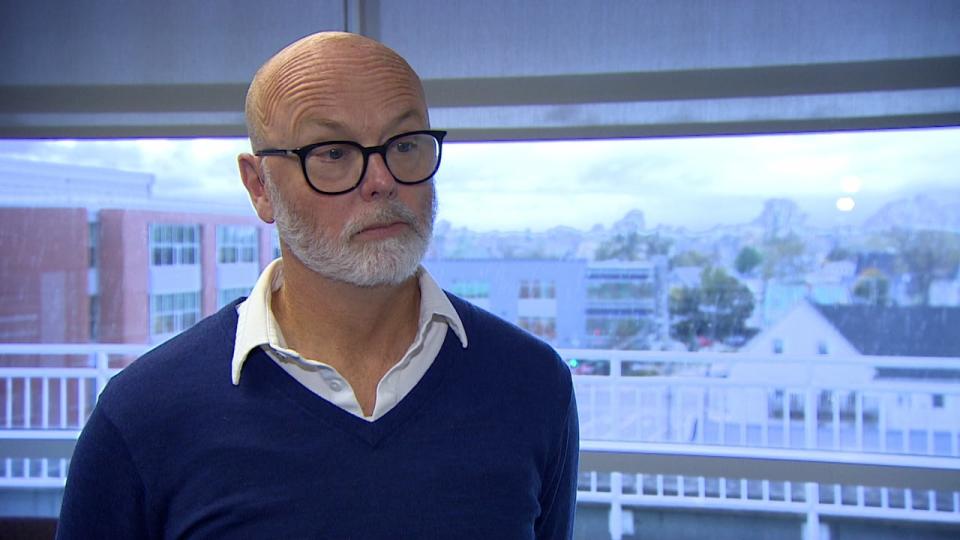
Health P.E.I. CEO Dr. Michael Gardam says every doctor who has teaching duties with the new medical school will be able to look after fewer patients in the province's health-care system, which is already short of doctors. (Shane Hennessey/CBC)
The cost of that building so far has come in at $91 million, with the P.E.I. government footing most of that.
But "that's not the medical school," Gardam said, noting that after two years of classroom instruction, medical students will be learning from within the health-care system, "in our facilities, with people being trained by our doctors.
"We're going to have to be paying our doctors to be able to teach, and if they're teaching, they're not seeing patients."
20% of Islanders without family doctor
UPEI announced in 2021 it would launch a medical school, offering a joint degree with Memorial University in St. John's, N.L.
The government of Dennis King has supported the medical school as a solution to the ongoing shortage of doctors in the province, with 35,145 Islanders on the province's patient registry as of Dec. 3, representing 20 per cent of the population waiting to be assigned a primary-care provider.
But there have been concerns expressed from within the medical community, including from the P.E.I. Medical Society, around the strain on the system of requiring some doctors to cover teaching duties while at the same time providing care for existing patient loads.
The first phase of the Spindle report lays out potential staffing requirements within the health-care system to be able to teach medical students through their third year of instruction and beyond.
Need for teachers could outstrip supply of docs
For example, the report lays out how many family doctors and specialists would have to devote an estimated 15 per cent of their working time to instruction to meet the needs of third-year students when they shift from classroom instruction into the field.
Under one proposed model, the number of family doctors required would be 14 if they teach year-round, 27 if they teach half the year.
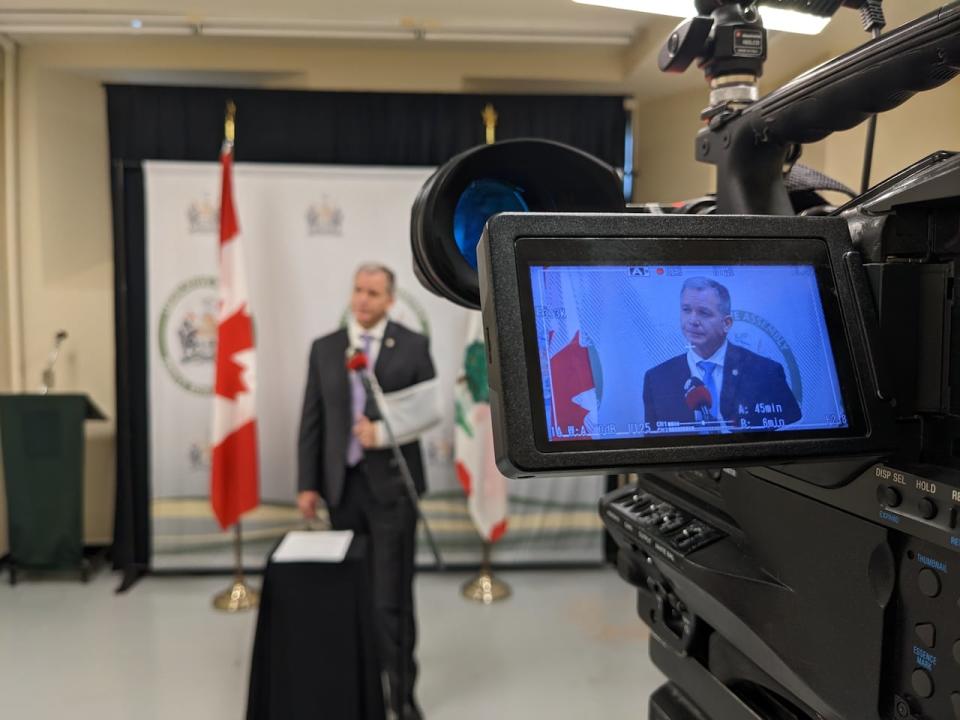
P.E.I. Health Minister Mark McLane has defended the province's decision to back UPEI's plan for a medical school. Thus far the province's commitment to the campus building itself is estimated at $62 million, plus additional contributions toward operating expenses. (Ken Linton/CBC)
Those same third-year students, under the proposed model, would require instruction from between 11 and 26 pediatricians and a further 11 to 26 general surgeons, again with each devoting 15 per cent of their time to teaching.
P.E.I. only has 11 full-time equivalent positions for pediatricians and 15 for general surgeons, and the Spindle report says only a fraction of current practicing physicians would likely be available to teach.
The report also lays out additional instructional requirements for students in their fourth year of undergraduate studies and for postgraduate instruction.
And it provides a snapshot of existing vacancies within P.E.I.'s medical system as of Aug. 29, 2023, when almost one in five doctor positions was unfilled, noting "key physician gaps" in the areas of internists and anesthesiologists.
Instructional needs 'a little overwhelming'
Every doctor who's teaching will be seeing fewer patients, Dr. Gardam said.
"If you think right now we have challenges where we're, you know, 20-30 doctors short in family medicine, we're short of internists, we're short of almost every kind of doctor that we have," he said.
"We need to increase that so we're not short anymore. We need to increase for population growth. And then we need to increase for teaching. And that is where it starts to become a little overwhelming."
Given the lack of specialists in P.E.I., the report notes that in order to provide "a comprehensive and high quality medical education program, UPEI will likely have to establish off-Island partnerships with larger medical centres within the Maritimes or in other Canadian jurisdictions."
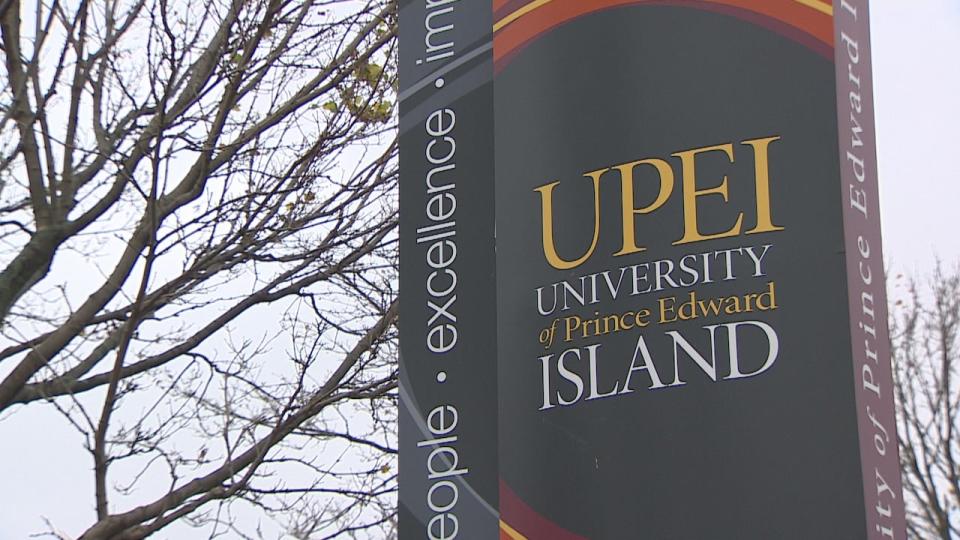
UPEI is planning to offer a joint medical degree together with Memorial University in St. John's, N.L., which has its own medical school. (Rob LeClair/CBC)
The report also says P.E.I.'s small population will lead to fewer opportunities for students to learn about "less common medical complications," again leading to the need to conduct some of their instruction in larger population centres.
The report's authors also found P.E.I.'s health system already struggles to handle current demand for clinical rotations to accommodate the 11 positions for P.E.I. students at existing medical schools at Dalhousie, Memorial and Sherbrooke universities, along with the five residency positions on P.E.I. tied to Dalhousie.
Between 2018 and 2022, at least 37 per cent of applications from students to conduct rotations in P.E.I. were rejected, according to Spindle.
Report a 'snapshot in time,' says UPEI
The medical school is projected to have an enrolment of 20 students per year in the four-year program, along with requirements for residency placements for graduates.
In a statement provided to CBC, the chief operating officer for UPEI's new Faculty of Medicine Paul Young said the first phase of the Spindle report "is meant to provide a detailed view of the existing landscape, including faculty and infrastructure requirements for clinical integration of the program into the health-care system," and is "a snapshot in time that evolves daily."
Young said the full report, when it's released next year, "will be very beneficial to inform realistic planning for both the health system and the new UPEI Faculty of Medicine now and well into the future."
First docs to join system in 2032
The Spindle report says P.E.I. could see "an estimated 36-54 additional doctors joining the P.E.I. workforce 10 years from the start of the medical school," including six to nine doctors who could be expected to join the workforce in 2032.
In a statement released Tuesday the Green Party, which also obtained the Spindle report through an access to information request, questioned the "value for money" the province will see from its investment in the medical school.
"How many millions will each of these doctors cost our system?" Karla Bernard, interim leader of the Green Party, was quoted as saying in the statement.
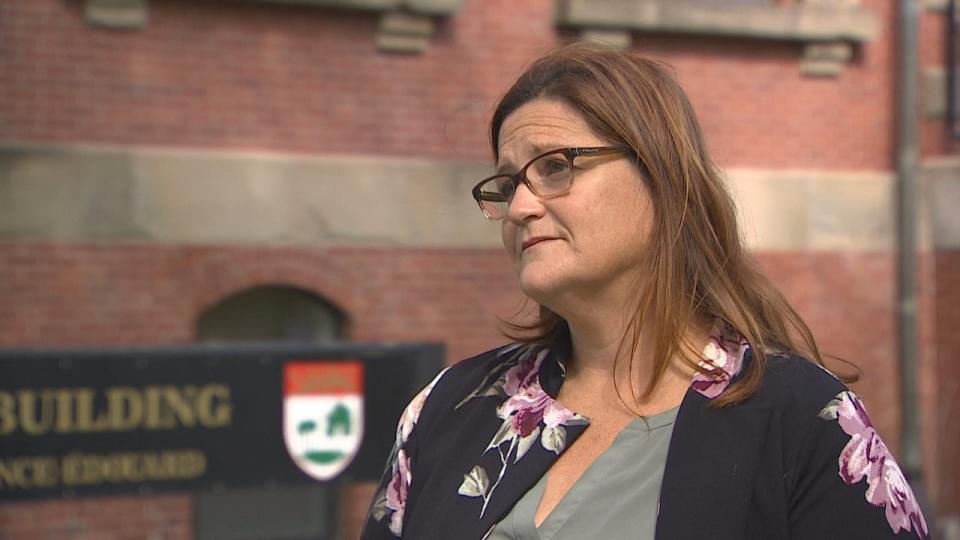
Interim Green Leader Karla Bernard says it would have been less expensive and produce faster results for P.E.I. to add more residency spots. Currently the province has five residency spots for graduates from the medical program at Dalhousie University in Halifax. The Spindle report says 80 per cent of those residents stay to practice medicine in P.E.I. (Ken Linton/CBC)
A cheaper alternative with a faster turnaround time, Bernard suggested, would be for P.E.I. to expand residency positions for graduates from existing medical schools like Dalhousie.
Liberal MLA Gord McNeilly said the school seems to be exacerbating the problems it's meant to be solving.
"If the government is putting all the time and energy into a medical school, we're not taking care of the needs of Islanders now," he said. "I know there needs to be long-term planning, but what do we do between now and then? It will be a rough ride for people trying to access health care within the next 10 years, and I just remain very concerned."
CBC asked for an interview from the P.E.I. Department of Health and Wellness but none was provided. Instead the department provided a statement to CBC saying "government has received the report and is committed to addressing the challenges identified," and that it is "working with Health P.E.I. to adequately prepare the system so medical learners and all health-care practitioners are supported as we prepare to train physicians in P.E.I."
Ultimately, the contents of the full Spindle report, including the information due to be released next year, should have all been put forward before UPEI and the province decided to go ahead with the medical school, Dr. Gardam said.
"Part of the reason this report was commissioned is for government to start understanding … like what have we actually agreed to?" he said.
"Spindle is basically doing the work that we needed right upfront, to be able to make a decision whether this is something we should be doing."
